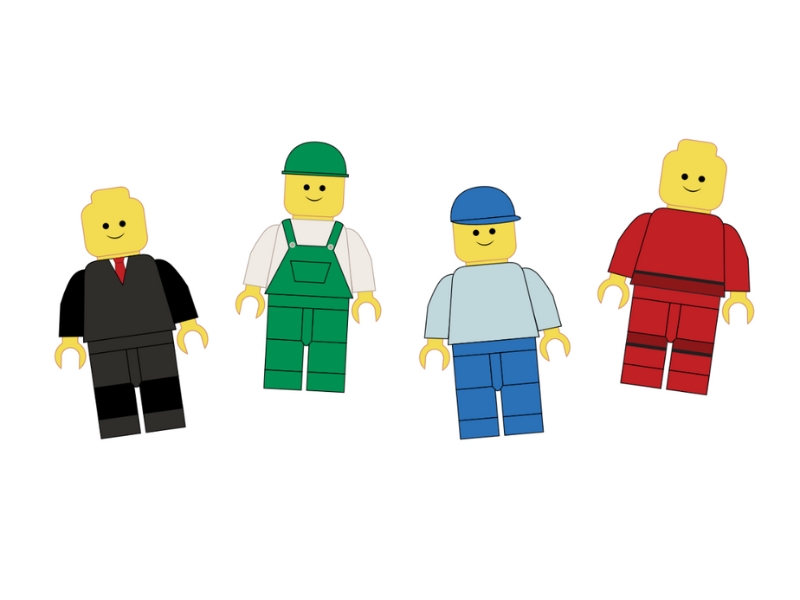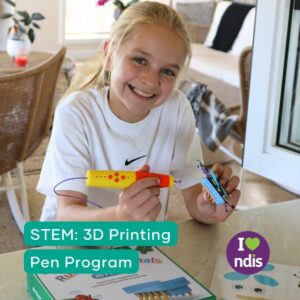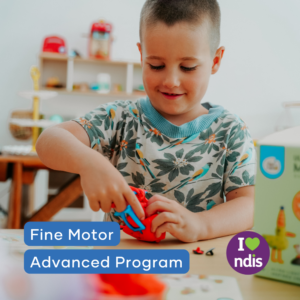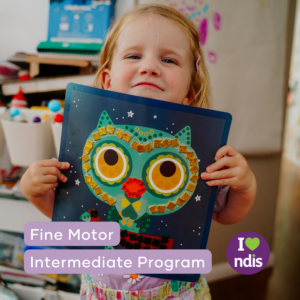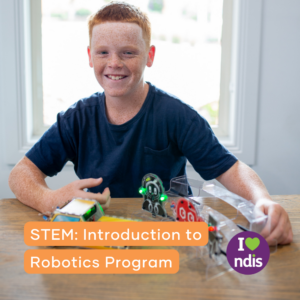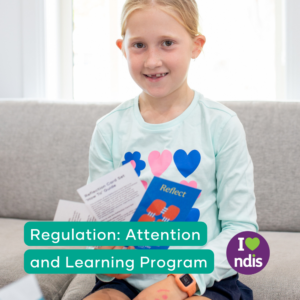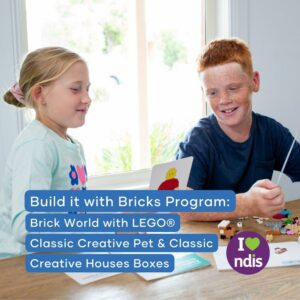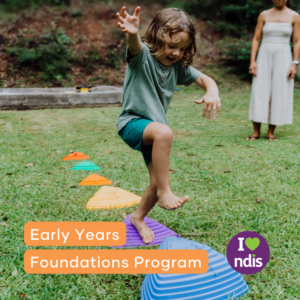
While LEGO® has long been hailed for its therapeutic benefits, our blog delves into a unique approach to small bricks: the Barrier Build Challenge. This innovative twist on classic barrier games not only sparks creativity but also cultivates essential skills like communication, emotional awareness, problem-solving, and teamwork. Whether you’re a parent seeking new avenues for your child’s development using LEGO®-based therapies or just live with a master builder, join us as we explore the profound impact of structured LEGO® activities.
The therapeutic benefits of playing with LEGO® bricks have long been celebrated, ranging from fostering creativity, to providing a platform for emotional regulation, and offering options for fine motor skill development. There are specific LEGO®-based therapies and research going into the benefits of LEGO® in the therapy space. This blog aims to discuss another element, introducing semi-structured activities into LEGO® play.
I fully respect that some kids are purists when it comes to their LEGO® time. I’ll be honest that this blog topic is probably better suited to the parents of those kids who adore their builds, but wouldn’t mind changing things up for a different take such as our ‘Barrier Build Challenge.’
A Barrier Build Challenge is a twist on the classic ‘barrier games’ of your childhood, including favourites like Battleships and Guess Who? The activity requires just a handful of LEGO® bricks, a barrier to block vision, and two players. The premise is straightforward, one player guides the other in constructing a specific LEGO® creation without the builder seeing the model or the pieces being used. Despite its simplicity, this activity has many possible benefits.
As a speech pathologist, I cannot help but see this challenge as a lesson in communication. The instructor must use clear language to convey instructions, which means thinking carefully about how to describe shapes, colours and spatial relationships. The builder hones listening skills and practises asking for clarification when necessary. This setup is not dissimilar to some real-life scenarios and can support kids to communicate thoughts clearly, consider the perspective of the other player and listen carefully.
Beyond communication, a Barrier Build Challenge can offer a means to explore and develop emotional awareness and skills. The frustration that might arise from miscommunication or the joy of successfully completing a build-together can lead to discussions about emotions and the need for patience. Kids are given a chance to navigate their feelings, understand alternative perspectives, and persevere to achieve the outcome.
Without visual cues, players are also encouraged to solve problems creatively. The builder might receive instructions that seem unclear at first, requiring a bit of interpretation and innovative thinking to continue on.
Working together towards a common goal also fosters a sense of teamwork. After each round, players are encouraged to compare their creations, reflect on the process, and possibly laugh or face-palm as they try to figure out where and how it went so wrong! Then they switch roles. This reflection and rotation ensures that both players can experience the challenge from both perspectives.
If you’re interested in exploring some therapeutic opportunities for your child using the LEGO® you have, why not download our Barrier Build Challenge, set up a barrier, distribute some bricks and get creative!
26 MARCH 2024
WRITTEN BY HANNAH P
SPEECH PATHOLOGIST AT THE PLAY WAY/ THE PLAY PROJECTS


